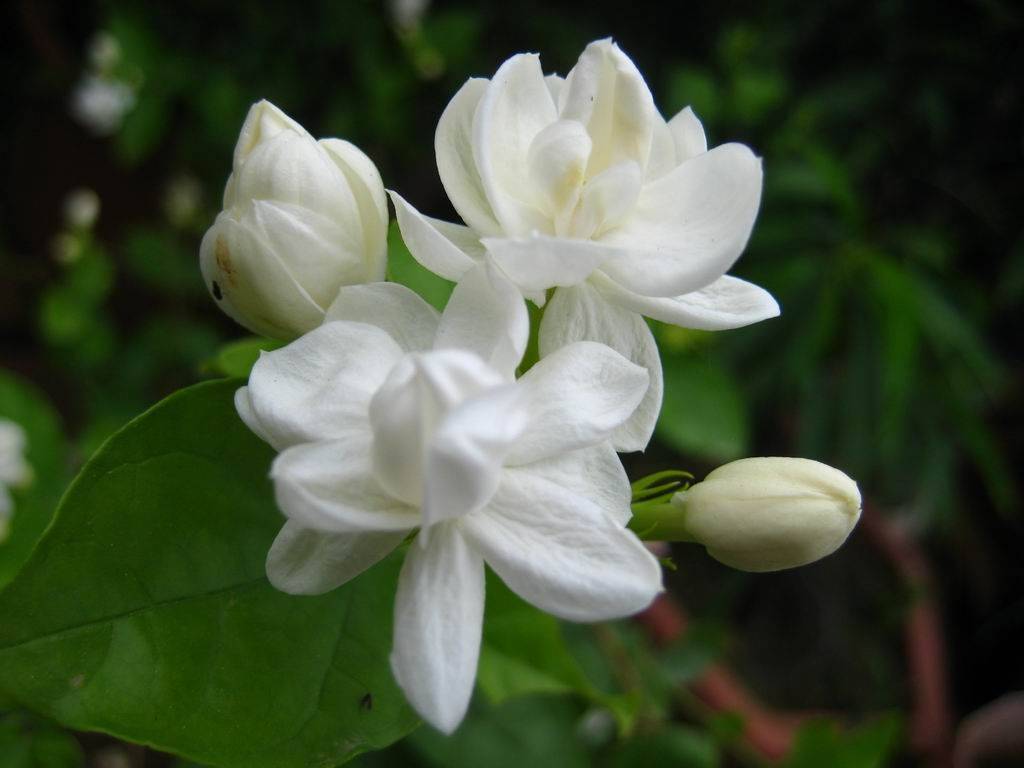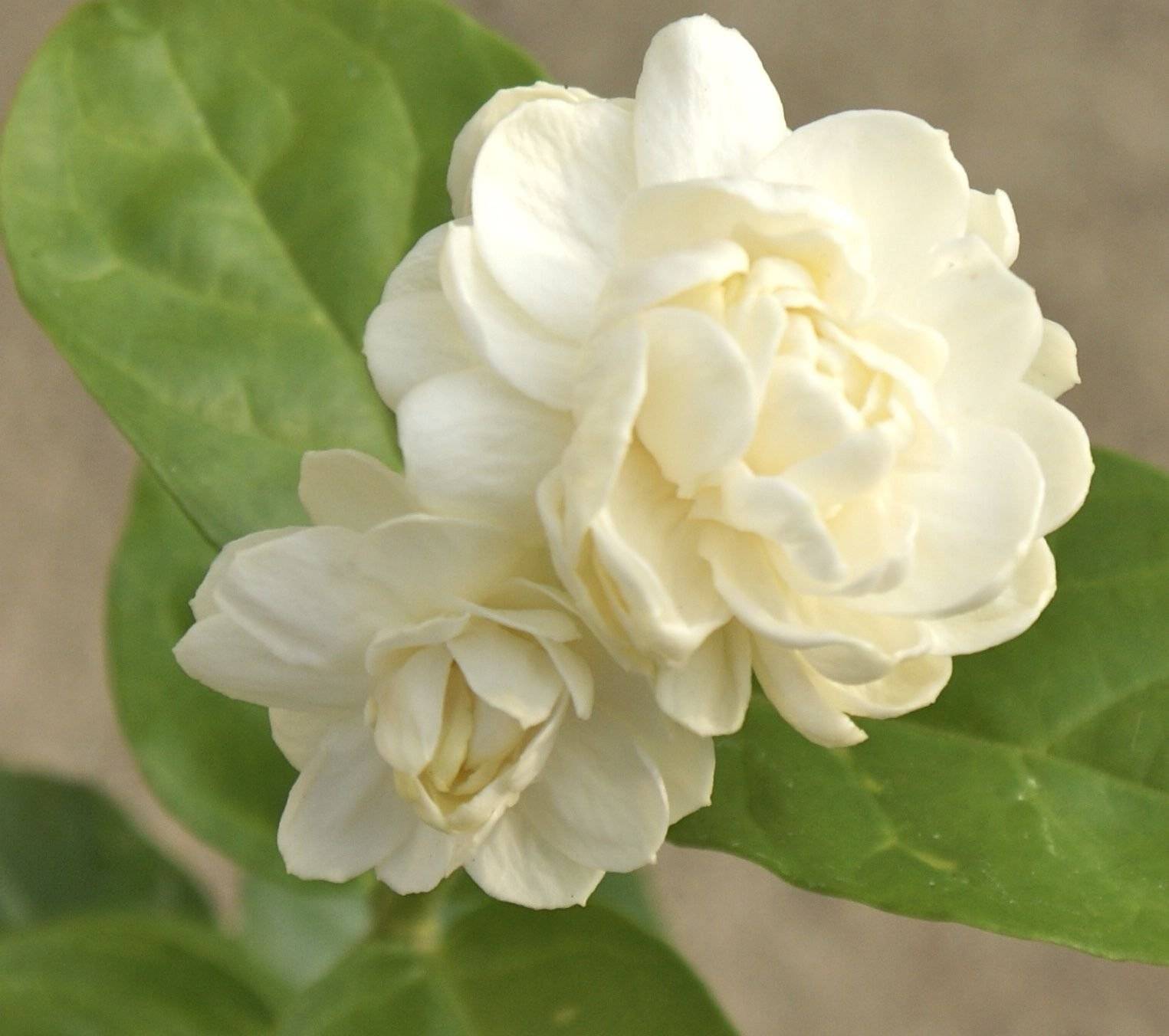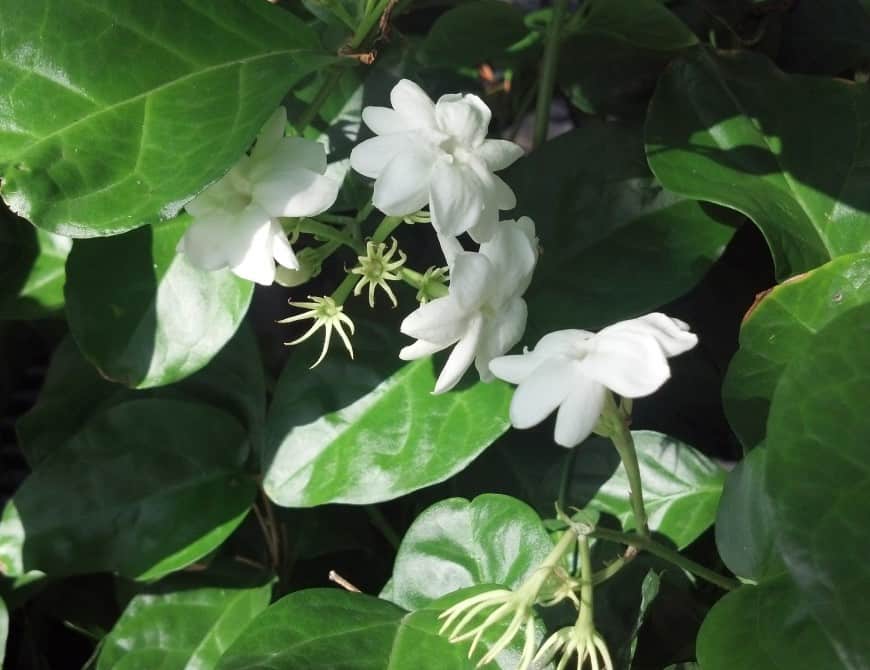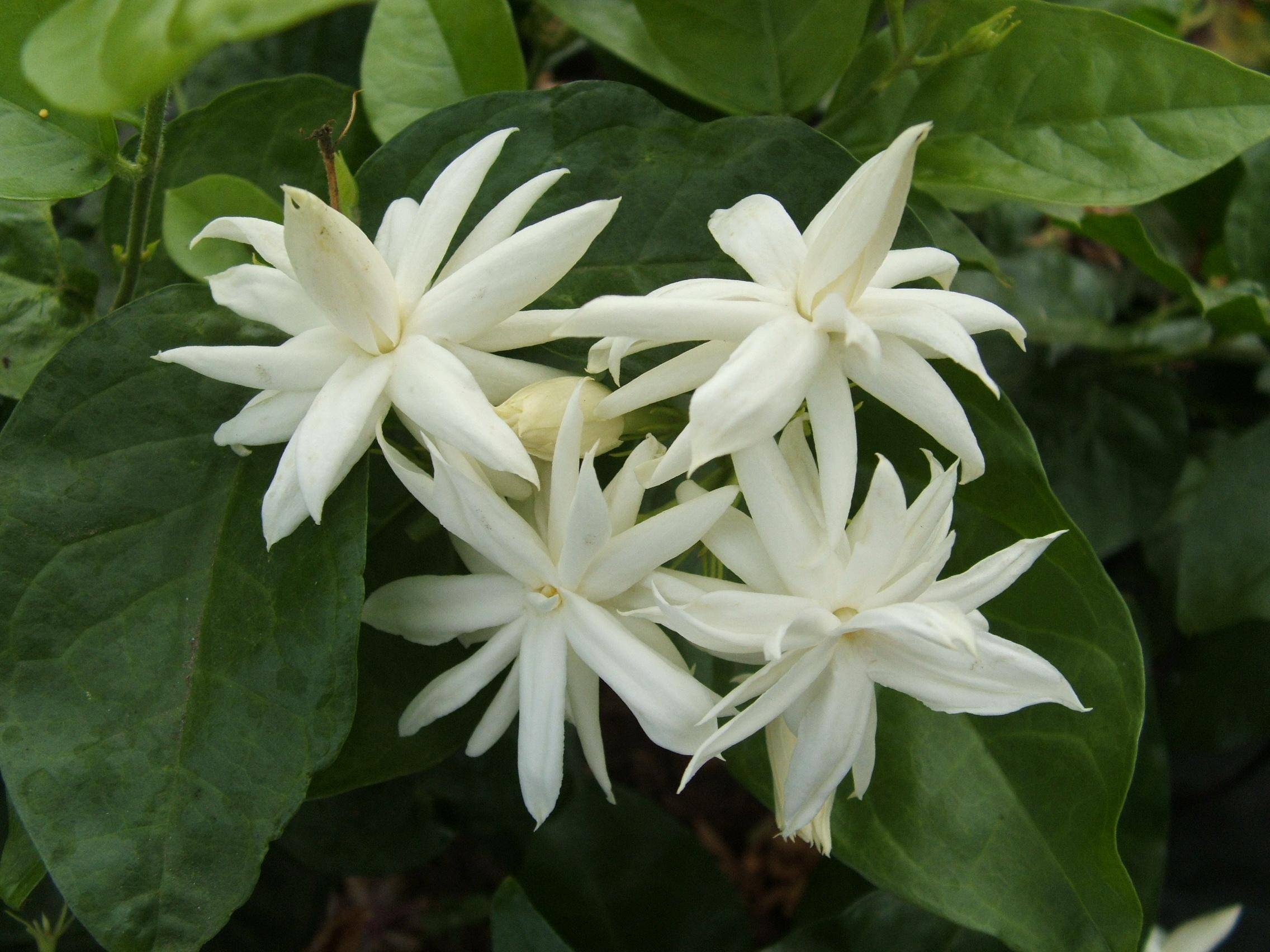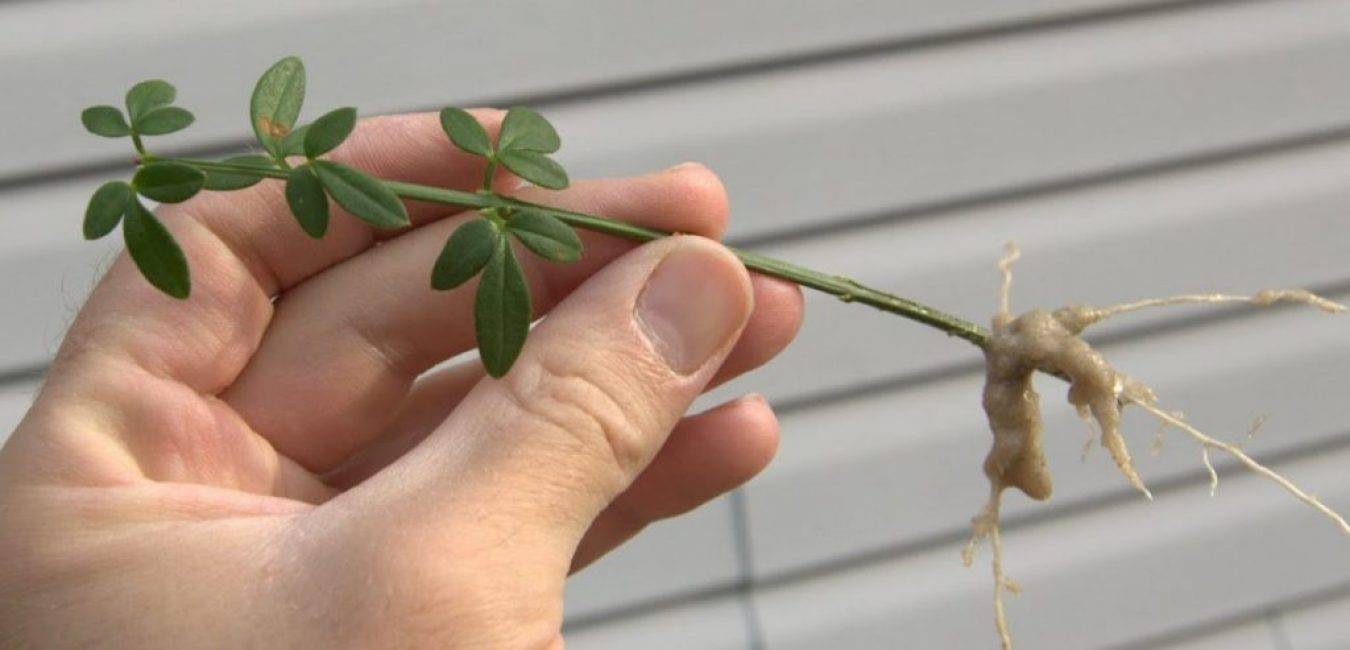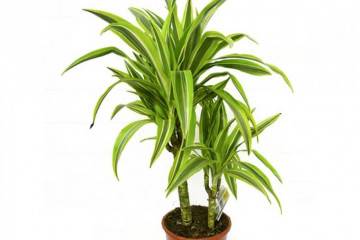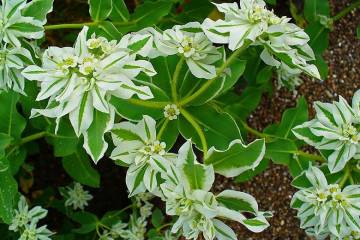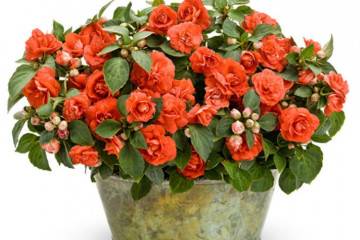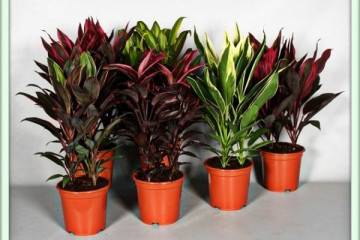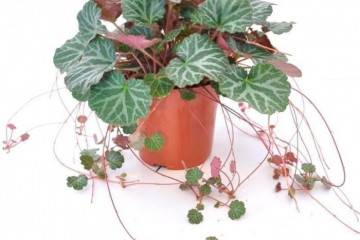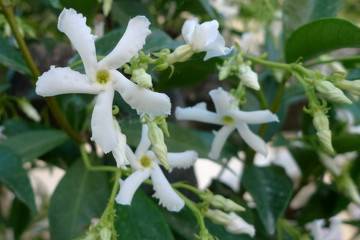Jasmine "Sambac" - popular varieties, how to care
Content:
Jasmine sambac is one of the most fragrant houseplant species. This evergreen perennial is quite easy to care for - even a beginner in gardening can handle it. Before planting a flower at home, it is enough to familiarize yourself with the most common varieties and basic care rules.
Jasmine sambac - description, main characteristics
The liana shrub is native to South Asia, but in the wild it is also found in the tropics and subtropics.
The sambac can grow up to 3 meters in height and look more like a tree than a flower. On its stems, leathery, pinnate leaves grow. Their length can be from 2 to 10 cm.
Sambac jasmine has very unusual flowers - thin tubes form a double or semi-double bud of small diameter. One stem can grow from 3 to 12 flowers.
Currently, there are more than 200 types of jasmine - it is actively used for the production of essential oil and flavored tea.
Varieties of indoor plants
At home, as a rule, several of the most common species are grown. They can vary in size and growth rate, but they all have a fragrant white flower.
Jasmine Arabian Knights
This jasmine bush differs from its congeners in the growth rate of its shoots.
Double flowers grow up to 1.5-1.7 cm in diameter. The most optimal conditions for growth are in slightly shaded areas.
Arabian jasmine begins to bloom in March and ends in autumn.
Grand Duke of Tuscany
The homeland of this variety is the Middle East. Although jasmine cannot boast of its growth rate, it has rather large flowers - 4-5 cm in diameter.
The Duke blooms only a few days a year, after which the terry buds dry out. You can put a pot with a bush on the sunny side of the house, but more he loves shaded places.
It tolerates dry soil quite easily, but it is better to water it on time. If the room is very hot, then the flower should be sprayed and moistened more often.
Jasmine Maid of Orleans
Fast growing and unpretentious, it is the most popular indoor jasmine variety.
Small flowers, blossoming, live only a day, and they are replaced by the following. The plant can feel comfortable even at a temperature of + 10 ° C.
Jasmine Belle of India
The domestic variety has a medium growth rate. Flowering occurs all year round, the buds grow up to 30 mm in diameter.
Indian jasmine looks brightest in spring and summer. For a more lush flowering, he needs to provide sufficient lighting and watering rates.
Jasmine sambac - home care
Although sambac is a very unpretentious plant, it is better to familiarize yourself with the features of caring for it in advance.
Illumination and temperature conditions
Since sambac loves sunlight, in summer it can be left on the balcony or taken outside. If it is necessary that the flowering lasts as long as possible, then in the dark, the bush is provided with additional lighting.
The plant does not need to select a special temperature regime - it feels great in ordinary apartment conditions. The main thing is that the room should be at least 10 ° C.
Watering rules and humidity
Most indoor jasmine varieties do not need frequent watering. They should be produced when the soil dries out a little. This requires soft water at room temperature.
The leaves of the plant love frequent spraying and high humidity, so they can be regularly treated with a spray bottle.
Top dressing and soil quality
Jasmine needs the right soil to grow well. It should be light, nutritious, rich in sand and humus. The easiest way to get it is in a store. It is difficult to make a substrate on your own - it will require earth, peat and sand in a 1: 1: 1 ratio.
From the beginning of spring to the end of autumn, the flower needs regular fertilizing with mineral fertilizers containing phosphorus, potassium and nitrogen. You need to perform the procedure once a month. If the fertilizing is not enough, then the plant stops blooming.
Flower container size
For the initial planting, you will need a container with a volume of 1.5-2 liters.
A drainage layer is poured onto the bottom of the pot, then the prepared substrate.
So that the roots are not cramped, the next transplant is performed in a year. For this, a container is taken several centimeters larger than the previous one.
Transplanting and pruning a bush
The young plant is replanted every year. It is enough for an adult flower to change its habitat once every 2-3 years.
Sambac pruning is performed in some situations:
- bush formation;
- removal of old and diseased areas;
- if the shoots become too long, cut in half;
- after the end of flowering, the branches are pinched and cut off.
Flowering features
Depending on the variety, sambac can bloom in spring, autumn, and even winter. Actively blooming buds have a pleasant aroma.
If the bush is properly looked after, then it can delight with its bright appearance all year round. In rare periods of rest, the number of watering and dressing is reduced to jasmine.
Reproduction
An ornamental plant can reproduce in the only way - by cuttings. This should be done in winter or summer in the following sequence:
- Woody cuttings are taken and treated with a growth stimulant.
- Shoots are planted in peat or wet sand.
- Shelter is made with transparent film.
- After 4-6 weeks, the first roots appear.
- Shoots are transplanted into separate pots to continue growing.
Diseases and pests
The most common indoor jasmine disease is chlorosis. Mineral supplements with a chelated form of iron help against it.
Jasmine can be attacked by thrips, scale insects, aphids and spider mites. In case of detection of pests, the plant is treated with insecticides.
With proper care, you can get an evergreen at home that will delight the eye with its flowers at any time of the year.
